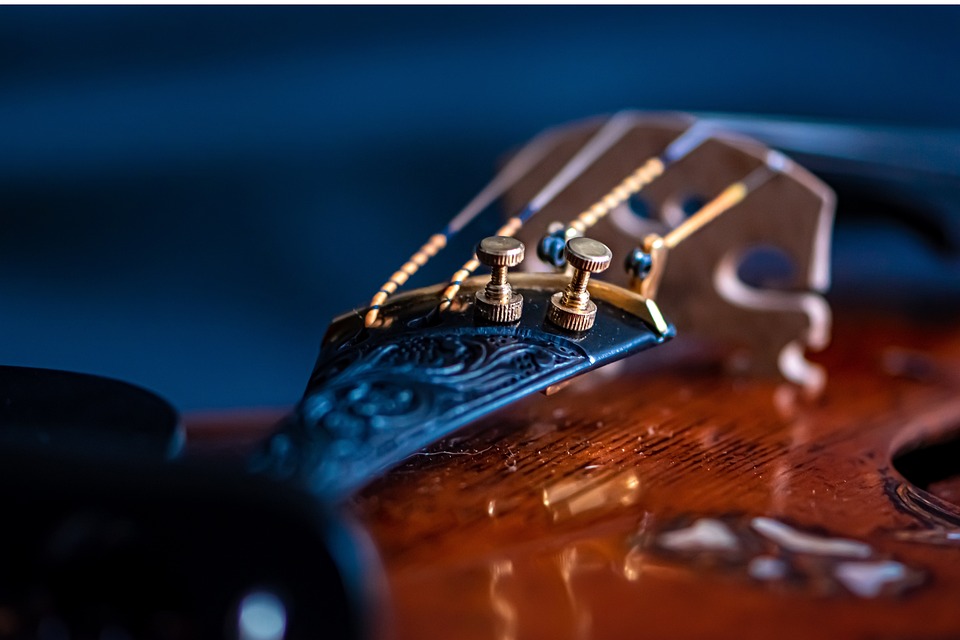Exploring the Intersection of Contemporary Classical Music and Popular Culture
In recent years, there has been a noticeable shift in the landscape of classical music, as more and more contemporary composers are experimenting with new sounds and techniques that push the boundaries of traditional classical music. This intersection of contemporary classical music and popular culture has opened up new doors for both genres, allowing for greater creativity and collaboration between artists from different backgrounds.
The Influence of Popular Culture on Contemporary Classical Music
One of the key factors driving the intersection of contemporary classical music and popular culture is the influence of technology. With the rise of digital recording software and online streaming platforms, composers now have access to a wide range of tools and resources that allow them to experiment with different sounds and styles. This has led to a new wave of composers who are blending elements of classical music with pop, rock, electronic, and other genres to create fresh and innovative pieces.
The influence of popular culture can also be seen in the themes and subject matter that contemporary composers are incorporating into their work. Many composers are drawing inspiration from current events, social issues, and popular media, resulting in pieces that feel relevant and timely. This blend of classical music with contemporary themes has helped to attract a younger and more diverse audience to classical music concerts and performances.
The Impact of Contemporary Classical Music on Popular Culture
At the same time, contemporary classical music is also making an impact on popular culture, with many mainstream artists incorporating classical elements into their music. From Kanye West’s use of orchestral arrangements in his albums to collaborations between pop stars and classical musicians, classical music has found a new audience in the world of popular music.
This cross-pollination of genres has blurred the lines between classical and popular music, leading to a wave of innovative collaborations and fusion projects. Artists like Ólafur Arnalds, Max Richter, and Anna Meredith are pushing the boundaries of classical music by incorporating electronic beats, synths, and other modern elements into their compositions, creating a sound that is both contemporary and classical.
Challenges and Opportunities
While the intersection of contemporary classical music and popular culture has opened up new opportunities for collaboration and creativity, it also presents its own set of challenges. Traditional classical music institutions and audiences may be resistant to change, making it difficult for emerging composers and performers to break into the mainstream. At the same time, the pressure to appeal to a wider audience can sometimes lead to compromises in artistic integrity.
However, these challenges also present opportunities for growth and innovation in the world of classical music. By embracing new sounds and styles, classical musicians can reach a broader audience and attract a new generation of music lovers. Collaborations with popular artists can help to bridge the gap between classical and popular music, creating a more inclusive and diverse musical landscape.
In conclusion, the intersection of contemporary classical music and popular culture is a dynamic and exciting space where artists from different backgrounds can come together to create new and innovative music. By embracing the influence of technology, drawing inspiration from popular culture, and pushing the boundaries of traditional classical music, composers are redefining what it means to be a classical musician in the 21st century. As these two genres continue to intersect and collaborate, the future of music looks bright and full of potential.


